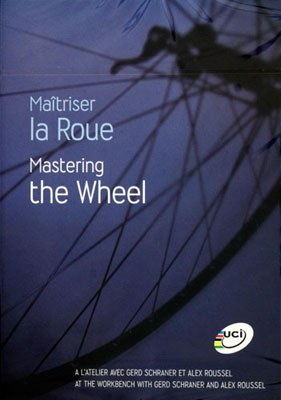Content:
Introduction: Fishing for whitebait, also known as whitebait fish or anchovy, is a popular pastime that requires specific techniques and skills. Whitebait are small, delicate fish that are highly sought after for their delicate flavor. Whether you are a beginner or an experienced angler, learning how to tie lines and master the art of whitebait fishing can enhance your chances of success. In this article, we will provide you with essential tips and techniques for tying lines and fishing for whitebait.
Choosing the Right Equipment: Before you start, it is important to have the right equipment for whitebait fishing. Here are some essential items you will need:
a. Lightweight rod and reel: Choose a rod and reel designed for light tackle fishing. A spinning rod with a sensitive tip is ideal for detecting subtle bites.
b. Monofilament line: Use a monofilament line with a breaking strength of 4 to 6 pounds. This will provide enough strength to handle the small size of whitebait without being too heavy.
c. Leader material: A leader of 6 to 12 inches in length, made of fluorocarbon or monofilament, is recommended. Fluorocarbon is a good choice as it is less visible in the water and has better knot strength.
d. Hooks: Small hooks, such as size 6 to 10, are ideal for whitebait fishing. The size of the hook will depend on the size of the whitebait you are targeting.
e. Lures: Artificial lures specifically designed for whitebait fishing can be effective. Some popular options include whitebait imitations, small spoons, and soft plastics.
Tying the Line: Properly tying the line is crucial for successful whitebait fishing. Here are two common knots for this purpose:
a. Improved Clinch Knot: This knot is easy to tie and provides a strong connection between the line and the hook. To tie an improved clinch knot, follow these steps:
- Make a loop in the line, and pass the tag end through the loop.
- Make a second loop by wrapping the tag end around the standing line five times.
- Pass the tag end through the second loop.
- Moisten the knot and pull the tag end tight to form a tight knot.
- Trim the excess tag end.
b. Uni Knot: This knot is known for its simplicity and strength. To tie a uni knot, follow these steps:
Make a loop in the line by passing the tag end through the loop.
Pass the tag end through the loop again, creating a second loop.
Pass the tag end through the first loop.
Moisten the knot and pull the tag end tight to form a tight knot.

Trim the excess tag end.
Setting Up the Rig: Once you have tied the line, it's time to set up the rig. Here's how to do it:
a. Attach the leader to the main line using the improved clinch knot or uni knot. b. Attach the hook to the end of the leader. Ensure that the hook is securely attached and the eye is facing down. c. Attach a lure or whitebait imitation to the hook, ensuring it is properly positioned.
Casting and Retrieving: When fishing for whitebait, it is important to use a gentle casting and retrieving technique. Here are some tips:
a. Cast the line gently and allow the lure or bait to sink to the desired depth. b. Retrieve the lure or bait slowly and smoothly. Whitebait are sensitive and can be easily spooked by sudden movements. c. Pay attention to the rod tip for any signs of a bite. When you feel a tap or a tug, set the hook gently and carefully.
Tips for Success: Here are some additional tips to help you increase your chances of success when fishing for whitebait:
a. Fish during low-light conditions: Whitebait are more active during dawn and dusk, so it is best to fish during these times. b. Target shallow waters: Whitebait are often found in shallow waters, so focus your efforts in areas with a depth of 1 to 3 feet. c. Keep the line tight: Keeping the line tight allows you to detect subtle bites and react quickly. d. Be patient: Whitebait fishing can be challenging, so be patient and stay focused.
Conclusion: Fishing for whitebait requires specific techniques and equipment. By following the tips and techniques outlined in this article, you can improve your chances of success and enjoy a rewarding fishing experience. Remember to practice proper line tying, use the right equipment, and employ gentle casting and retrieving techniques. Happy fishing!












